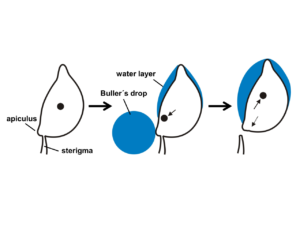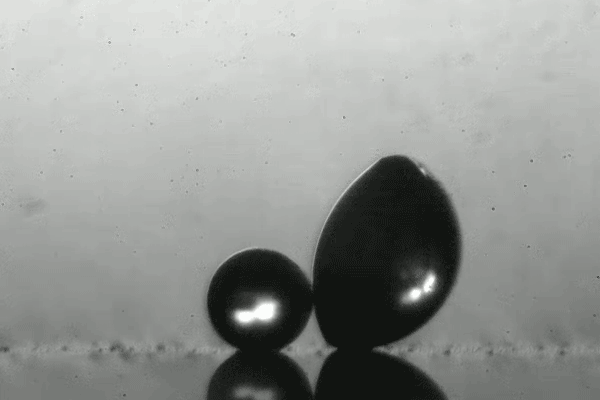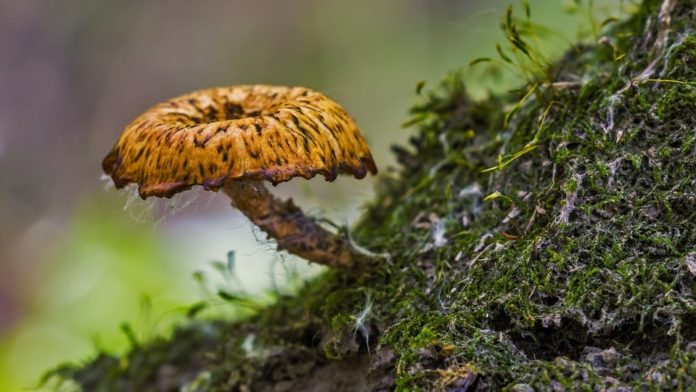Nature has quite the spectrum of methods when it comes to offspring departing the nest.
Whether abandoned or pushed out by their parents, animals have the distinct advantage over plants of being able to scamper off themselves.
Fungal spores rely on one of two scenarios to bail from home: either hitch a ride with a passing creature or be shot like a cannonball off the surface of the parent organism.
The latter type are aptly named ballistospores, and they have taken the word offspring quite literally. Ballistospores require water droplets to initiate ‘blast-off’ from the surface of the parent organism.
The energetic explanation for this phenomenon has long been uncovered, but not why the spores always fire directly away from their parent organism, which gives them the best opportunity for survival.
To unravel the mystery, researchers used an inkjet printer and a high-speed camera to figure out the mechanics, which unfold over only a microsecond.
Canons and Buller’s drops
It was over a century ago that British-Canadian mycologist Reginald Buller discovered that spherical water droplets, which form near a spore, are vital to spore distribution.
Known as a Buller’s drop, once these water drops merge with a lens-shaped film of water that collects around the spore, the momentum is powerful enough to fire it in a given direction.
“The spores are launched with a massive amount of force in a specific direction, almost like a cannon,” says co -author Chuan-Hua Chen, associate professor of mechanical engineering and materials science at Duke University. “The ballistospore cannon has evolved to shoot directly away from the fungus to give the spores the best chance of escape.”
According to the Australian National Herbarium, the momentum generated by the collapsing water drop is enough to lend the spore an acceleration 25,000 times stronger than the force of gravity.

“The release of energy is so rapid that it accelerates the entire system with a million Gs, but there’s so much air drag that the spore still only travels a few millimetres at most. That’s why it’s so important for the spores to shoot directly away from the fungus,” adds Chen.
Evolution caught in slow motion
The launch mechanism happens in a microsecond, so this is where the high-speed camera and inkjet printer came in handy. The extreme scale and time constraints meant that the team had to recreate the scenario proportionally to make it observable.
With polystyrene as the material of choice, the team created artificial spores and meticulously oriented them on model surfaces. The inkjet printer allowed them to create a bigger Buller’s drop, which was the toughest item to measure given how tiny they typically are in comparison to the spore.
With much more favourable conditions for observation, the team caught hold of what they were searching for after playing the footage back.
They noticed that as the Buller’s drop begins to merge and moves along the flat spore face, the drop motion rapidly lines up with the orientation of the face.
Now fully merged, the Buller’s drop exerts friction onto the spore as it drifts away from the connection point – the sterigma. The spore’s flat face guides it along the same direction as that of the sterigma, and as such, the launch direction follows suit.
“By explaining the mechanism underlying the nearly perfect launching directionality, our work has finally shed light on this century-old puzzle,” says Chen.











































